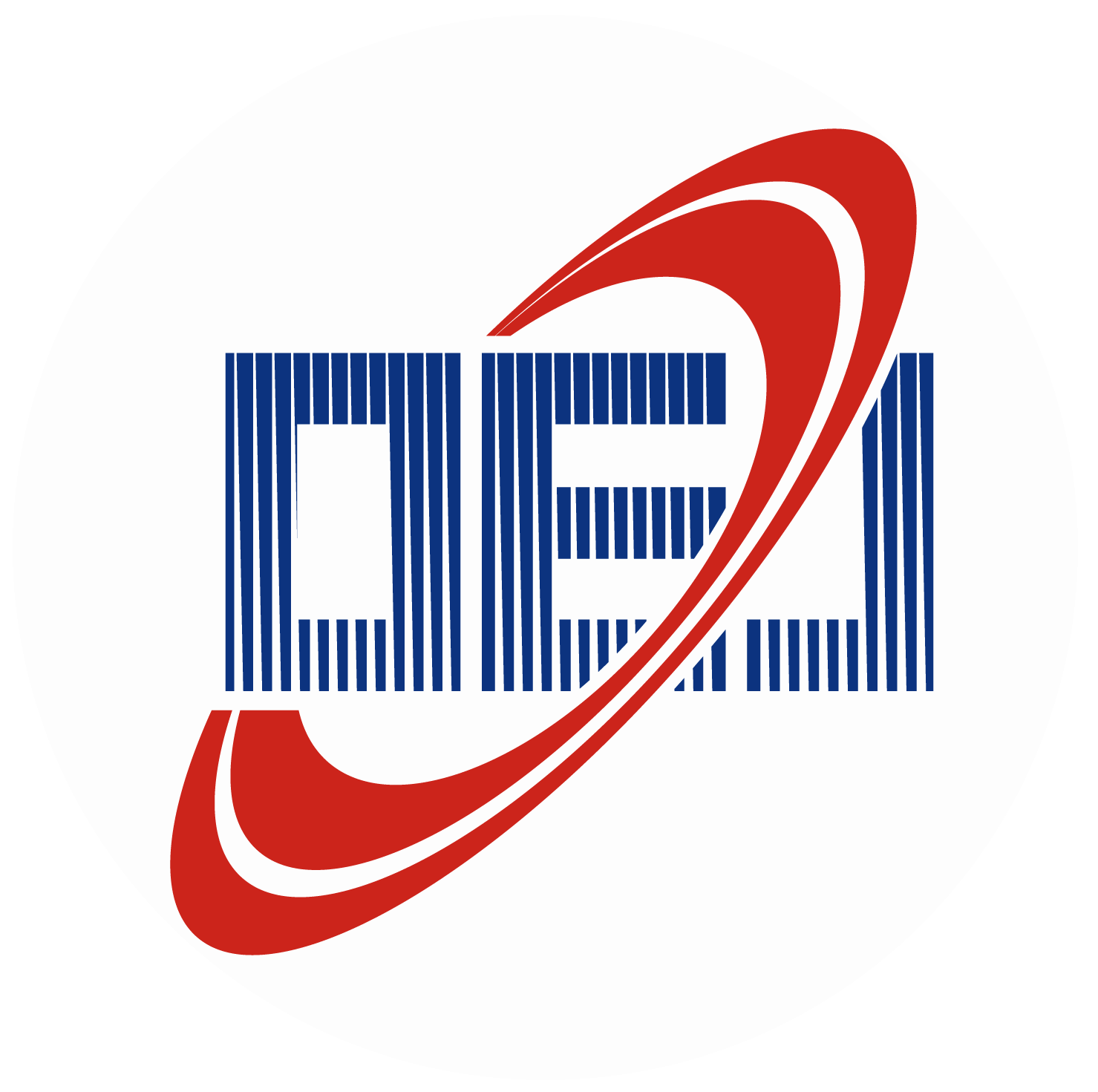-
Abstract
Monolayer group VI transition metal dichalcogenides (TMDs) have recently emerged as promising candidates for photonic and opto-valleytronic applications. The optoelectronic properties of these atomically-thin semiconducting crystals are strongly governed by the tightly bound electron-hole pairs such as excitons and trions (charged excitons). The anomalous spin and valley configurations at the conduction band edges in monolayer WS2 give rise to even more fascinating valley many-body complexes. Here we find that the indirect Q valley in the first Brillouin zone of monolayer WS2 plays a critical role in the formation of a new excitonic state, which has not been well studied. By employing a high-quality h-BN encapsulated WS2 field-effect transistor, we are able to switch the electron concentration within K-Q valleys at conduction band edges. Consequently, a distinct emission feature could be excited at the high electron doping region. Such feature has a competing population with the K valley trion, and experiences nonlinear power-law response and lifetime dynamics under doping. Our findings open up a new avenue for the study of valley many-body physics and quantum optics in semiconducting 2D materials, as well as provide a promising way of valley manipulation for next-generation entangled photonic devices. -



 E-mail Alert
E-mail Alert RSS
RSS


